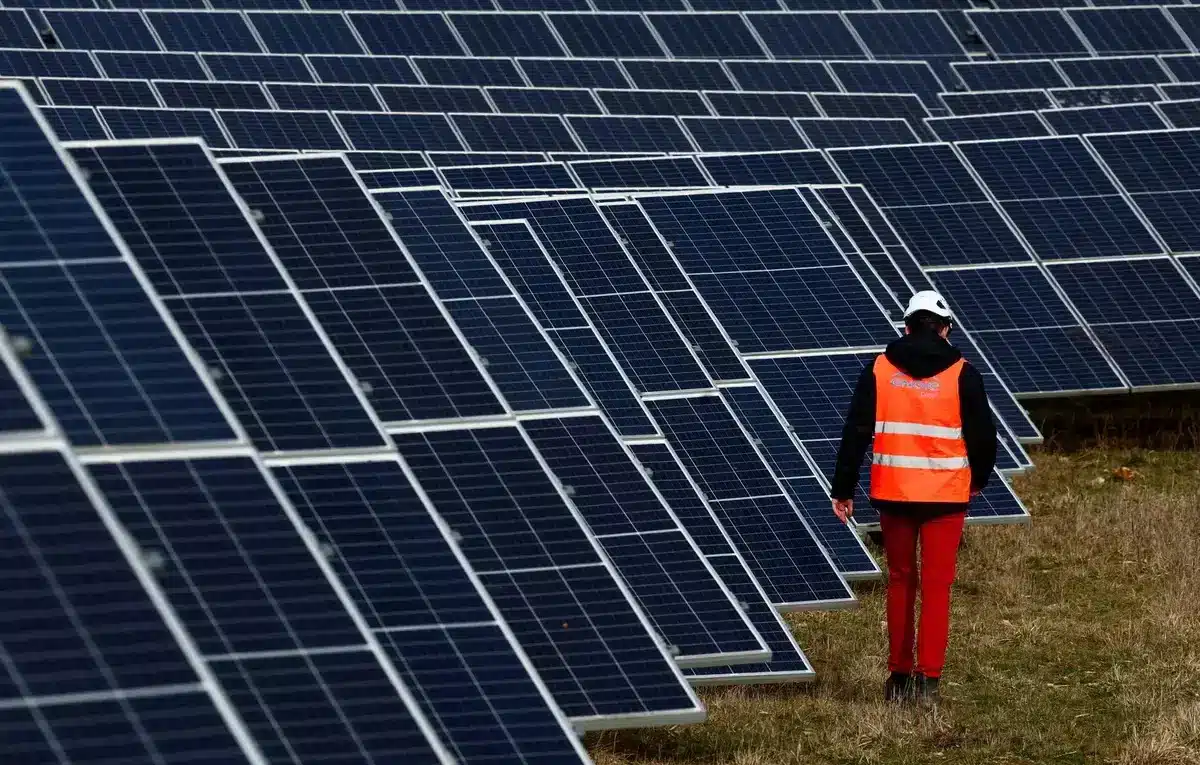US Solar Panel Manufacturers Seek Action Amid Dumping Allegations

A coalition of prominent U.S. solar panel manufacturers has formally requested the Department of Commerce to impose tariffs on solar imports from India, Indonesia, and Laos. The group, which includes major industry players like First Solar and Qcells, claims that these countries are flooding the U.S. market with solar panels sold at artificially low prices, undermining domestic manufacturing efforts. The petition highlights a significant increase in imports from these nations, raising concerns about the impact on U.S. solar production and investments.
Concerns Over Market Practices
The Alliance for American Solar Manufacturing and Trade, representing leading solar manufacturers, alleges that producers in India, Indonesia, and Laos are engaging in unfair trade practices. They claim these countries are selling solar products below production costs, benefiting from government subsidies that distort market prices. The petitioners argue that this influx of low-cost solar panels threatens the viability of the U.S. solar manufacturing sector.
The group points to a staggering rise in imports from these countries, which surged from $289 million in 2022 to $1.6 billion in 2023. This dramatic increase has raised alarms among U.S. manufacturers, who fear it could undermine recent investments aimed at bolstering domestic production capabilities. Tim Brightbill, the lead attorney for the petitioners, emphasized the importance of enforcing trade laws to protect the industry’s future.
Impact of the Inflation Reduction Act
Despite the challenges posed by foreign imports, the U.S. solar manufacturing landscape has seen significant growth since the passage of the Inflation Reduction Act (IRA) in 2022. This legislation aims to enhance domestic clean energy production by providing tax credits and incentives, thereby reducing reliance on imported solar panels, particularly those from China.
As a result of the IRA, the U.S. has expanded its solar panel production capacity to approximately 50 gigawatts, a substantial increase from just 7 gigawatts in 2020. However, demand continues to outstrip supply, with projections indicating that annual installations could reach nearly 43 gigawatts by 2030, according to the Solar Energy Industries Association (SEIA). This growing demand underscores the need for a robust domestic manufacturing base to meet future energy needs.
Next Steps for the Commerce Department
The U.S. Department of Commerce now faces a critical decision regarding the petition for tariffs. The department has 20 days to determine whether to initiate an investigation into the alleged dumping and subsidy practices by the manufacturers in India, Indonesia, and Laos. If the investigation proceeds, it could lead to the imposition of new tariffs within a year, depending on the findings.
The outcome of this investigation will be pivotal for the U.S. solar industry, as it seeks to navigate the challenges posed by foreign competition while striving to enhance domestic production capabilities. The decision will not only impact manufacturers but also the broader clean energy landscape in the United States, which is increasingly focused on sustainability and energy independence.
Observer Voice is the one stop site for National, International news, Sports, Editor’s Choice, Art/culture contents, Quotes and much more. We also cover historical contents. Historical contents includes World History, Indian History, and what happened today. The website also covers Entertainment across the India and World.

